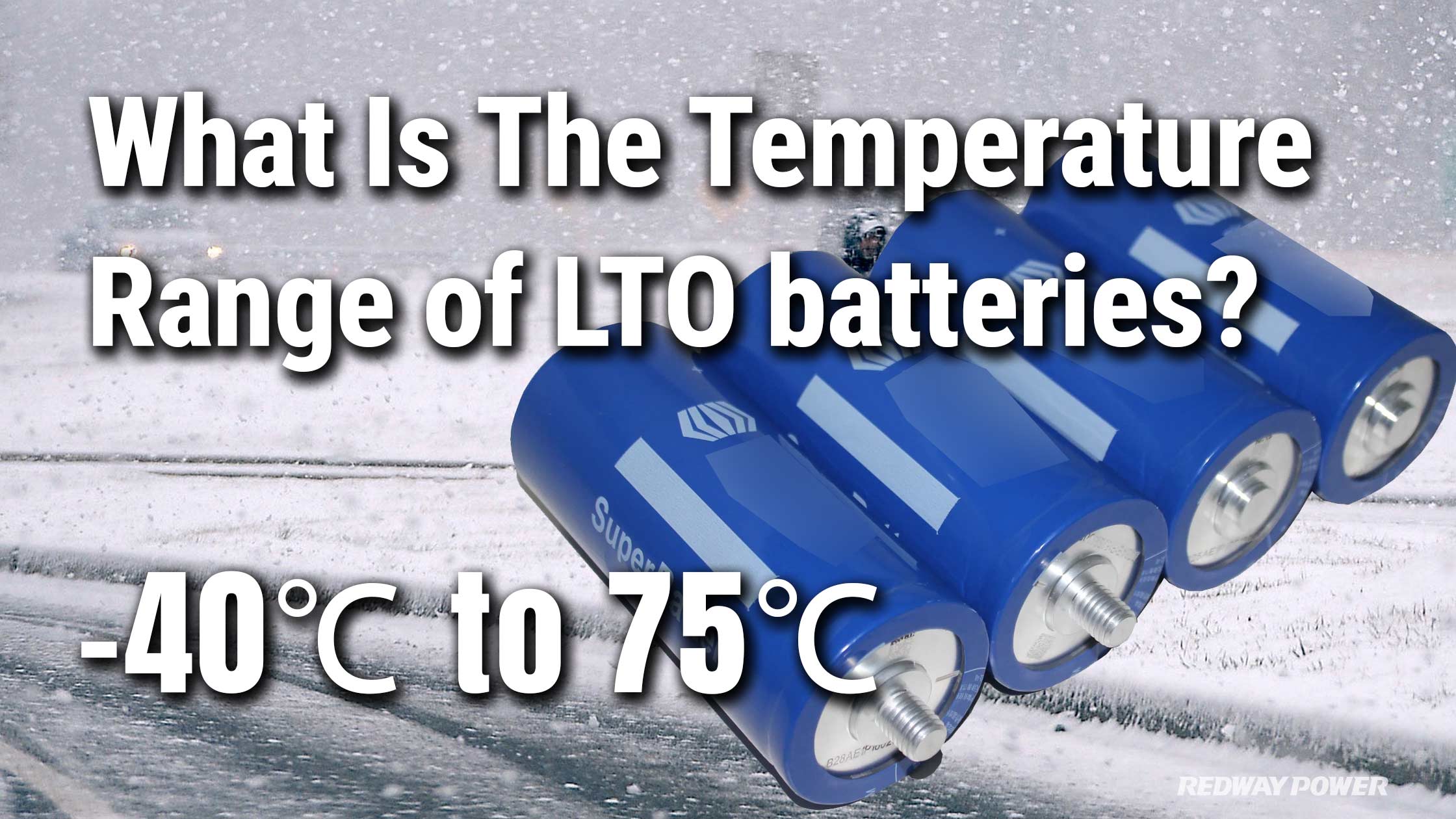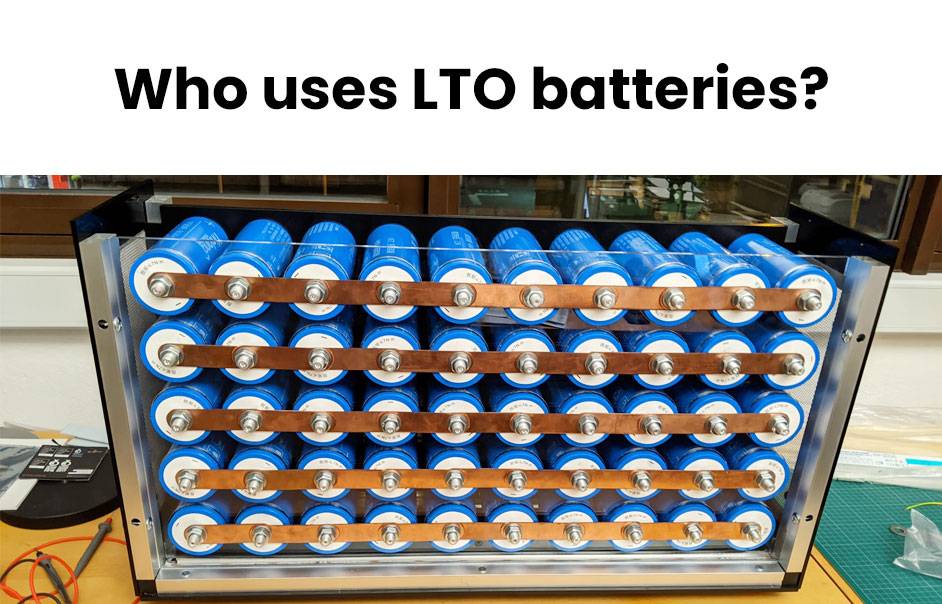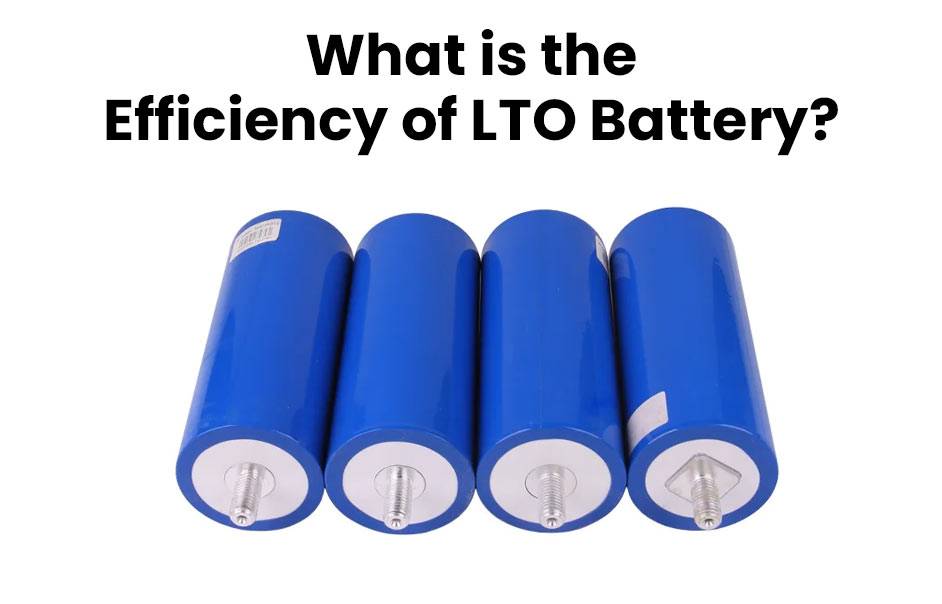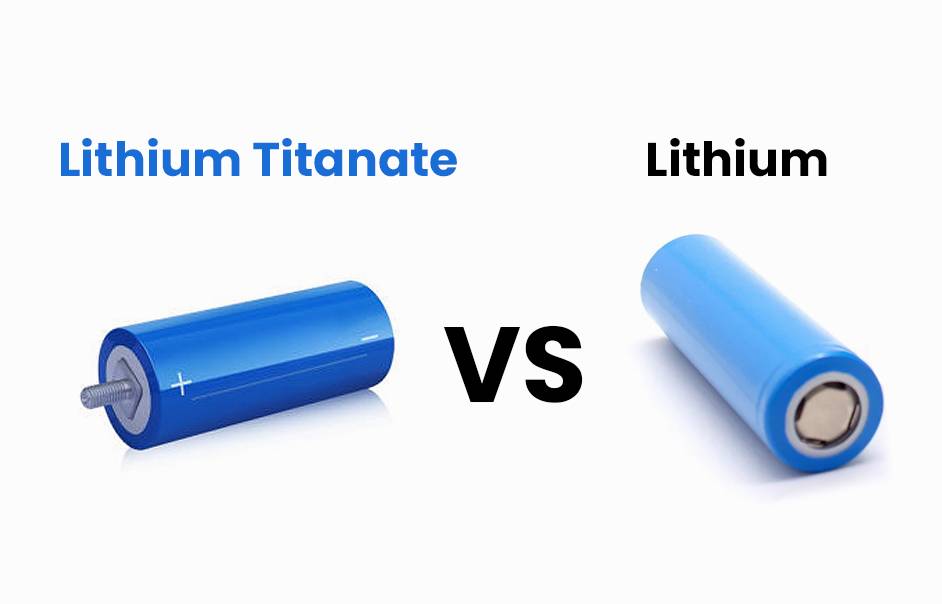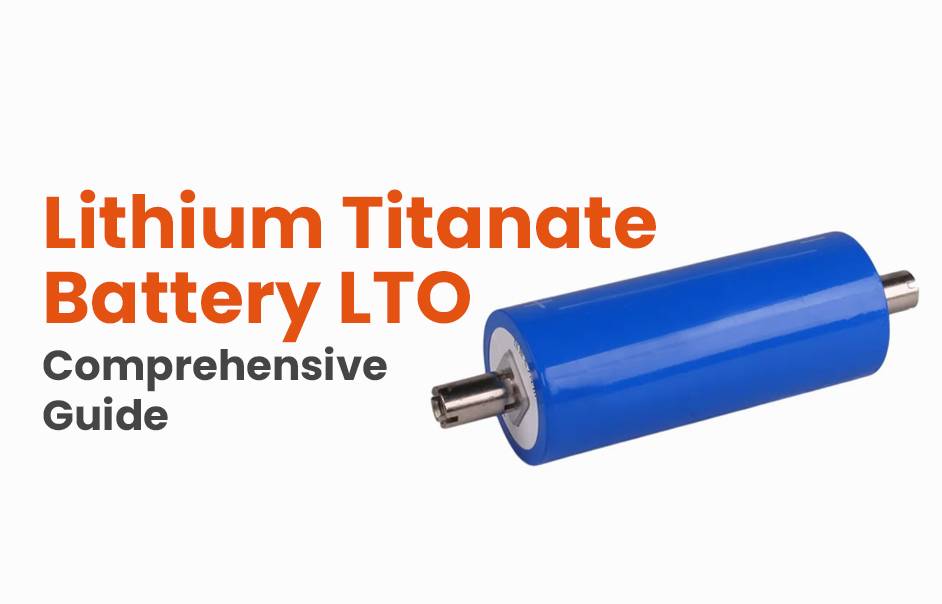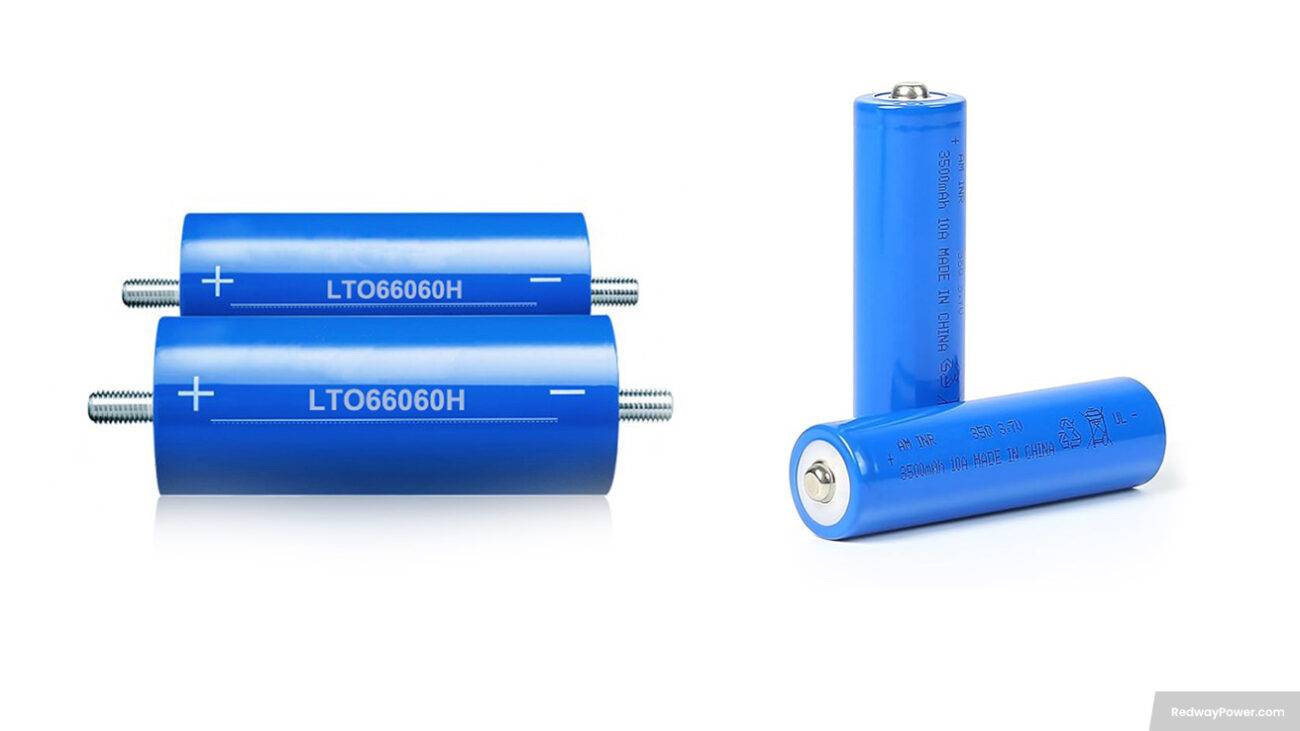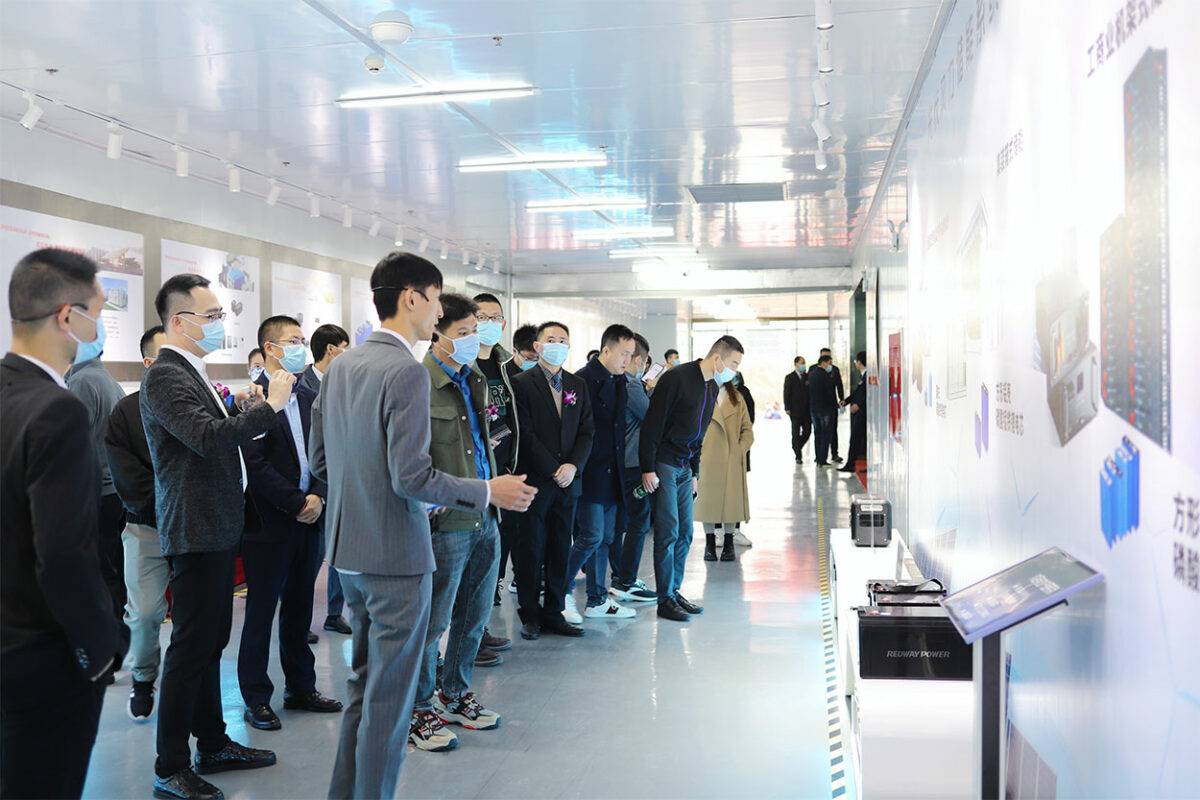LTO (Lithium Titanate Oxide) batteries have a temperature range of -40°C to 75°C, allowing them to operate reliably in a wide range of environments. Their ability to withstand extreme temperatures makes them suitable for various applications.
LTO (Lithium Titanate Oxide) batteries are known for their wide temperature range of -40°C to 75°C, which allows them to operate effectively in diverse environments. This temperature range makes LTO batteries suitable for applications where temperature fluctuations are common, such as automotive, renewable energy, and industrial systems. The ability of LTO batteries to withstand extreme temperatures ensures reliable performance and longevity in challenging conditions. Whether it’s powering electric vehicles or storing solar energy, LTO batteries offer a robust and versatile solution for various applications.
Table of Contents
ToggleUnderstanding LTO (Lead Telluride Oxide)
LTO (Lead Telluride Oxide) is a compound of lead and tellurium (PbTe) used in thermoelectric devices. It is known for its ability to convert heat into electricity, making it valuable in various applications such as power generation and waste heat recovery.
Lead Telluride Oxide (LTO), also known as Lead Telluride (PbTe), is a compound used in thermoelectric devices. It possesses unique properties that make it valuable in converting heat into electricity. LTO finds applications in power generation and waste heat recovery, where it can efficiently harness thermal energy and convert it into usable electrical power. By utilizing the thermoelectric properties of LTO, various industries can benefit from its ability to recover and utilize waste heat, contributing to energy efficiency and sustainability.
The Importance of Temperature Range in LTO
The temperature range is important for LTO (Lead Telluride Oxide) batteries. These batteries exhibit improved capacity and performance up to 70 °C. However, temperatures above 80 °C can negatively impact their performance, and they fail at 130 °C. Maintaining the appropriate temperature range is crucial for optimal performance and safety.
The temperature range plays a significant role in the performance and safety of LTO (Lead Telluride Oxide) batteries. Research indicates that these batteries show improved capacity and performance within a temperature range of ambient temperature up to 70 °C. However, exceeding temperatures of 80 °C can have a detrimental effect on their performance, leading to potential failure at 130 °C. Therefore, it is crucial to maintain the appropriate temperature range to ensure the optimal performance and safety of LTO batteries. By adhering to the recommended temperature range, users can maximize the lifespan and efficiency of their LTO batteries.
Factors Affecting the Temperature Range of LTO
Factors that can affect the temperature range of LTO (Lead Telluride Oxide) batteries include the operating temperature, battery materials, and thermal management system. These factors play a crucial role in determining the safe and effective temperature range for LTO batteries.
The temperature range of LTO (Lead Telluride Oxide) batteries can be influenced by various factors. One important factor is the operating temperature of the battery, as different battery chemistries have different temperature limits for optimal performance and safety. Additionally, the composition and structure of the materials used in the battery can affect its thermal properties and temperature range. The design and implementation of a thermal management system in the battery can also play a significant role in maintaining the temperature within the desired range. By considering these factors, manufacturers and users can ensure the safe and effective operation of LTO batteries across a suitable temperature range.
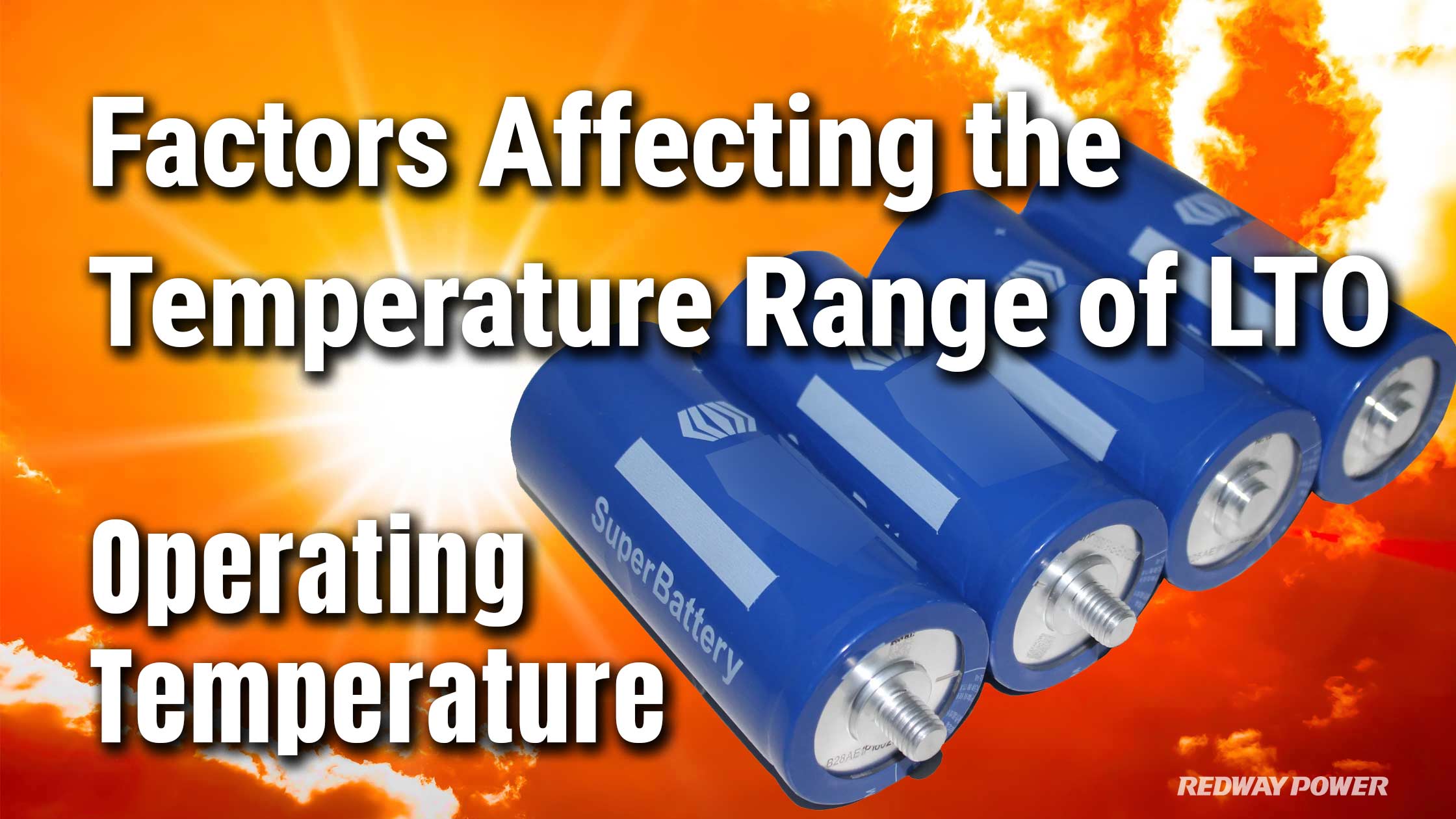
Optimal Temperature Range for LTO Applications
The optimal temperature range for LTO (Lead Telluride Oxide) applications may vary depending on the specific product and manufacturer. However, LTO batteries are known for their wide temperature range of operation, typically ranging from -50°C to 60°C, allowing them to perform effectively in extreme weather conditions.
The optimal temperature range for LTO (Lead Telluride Oxide) applications can vary depending on the specific product and manufacturer. However, LTO batteries are known for their wide temperature range of operation, typically ranging from -50°C to 60°C. This wide temperature range allows LTO batteries to perform effectively in extreme weather conditions, making them suitable for various applications. Whether it’s powering electric vehicles in cold climates or operating in high-temperature environments, LTO batteries offer reliable performance across a broad temperature range.
Potential Challenges with Extreme Temperatures
Extreme temperatures can pose challenges for LTO (Lead Telluride Oxide) applications. Low temperatures can result in decreased capacity and performance, while high temperatures increase the risk of thermal runaway and may lead to battery degradation over time.
Extreme temperatures can present challenges for LTO (Lead Telluride Oxide) applications. At low temperatures, LTO batteries may experience reduced capacity and performance, making them less efficient in cold weather conditions. On the other hand, high temperatures can increase the risk of thermal runaway, which can lead to safety concerns. Additionally, prolonged exposure to high temperatures can cause degradation of the battery materials, affecting their overall performance and lifespan. Therefore, it is important to consider the temperature range and operating conditions when using LTO batteries to ensure optimal performance and safety.
Innovative Solutions for Managing Temperature in LTO Devices
Innovative solutions for managing temperature in LTO (Lead Telluride Oxide) devices include the use of heat pipes, advanced thermal management systems with phase change materials (PCMs), and hybrid cooling strategies combining air cooling and liquid cooling.
Innovative solutions have been developed to effectively manage temperature in LTO (Lead Telluride Oxide) devices. Heat pipes, which efficiently transfer heat, are implemented to regulate and dissipate heat from the devices. Advanced thermal management systems utilize phase change materials (PCMs) to absorb and release heat, maintaining optimal temperature conditions. Hybrid cooling strategies combine air cooling and liquid cooling to provide efficient temperature control. These innovative solutions ensure the reliable performance and longevity of LTO devices by effectively managing temperature.
Post Views: 90

